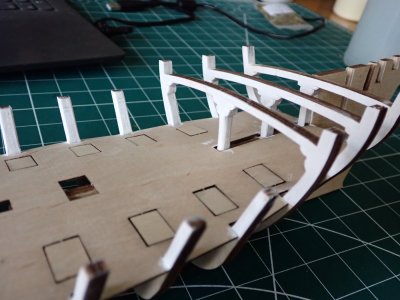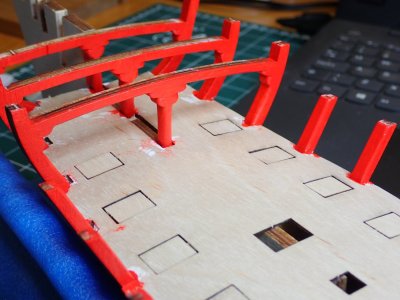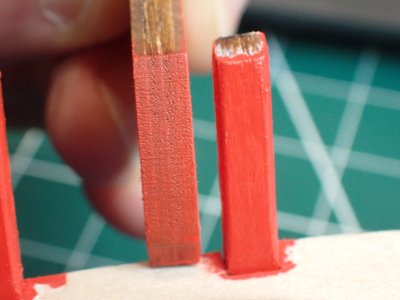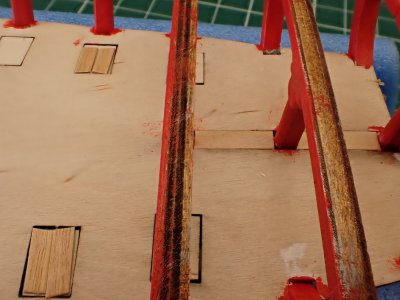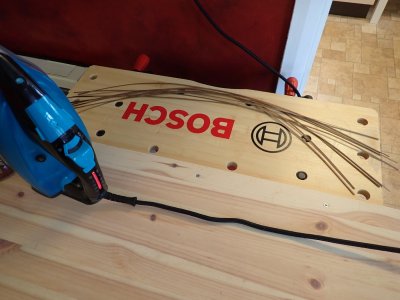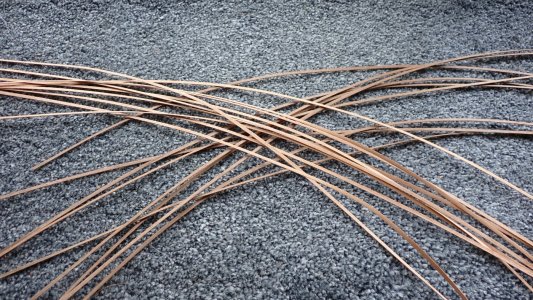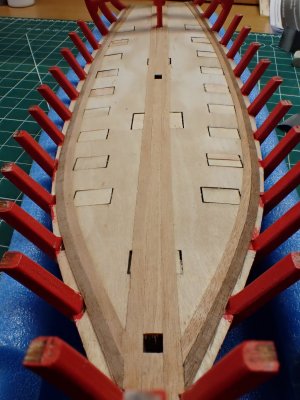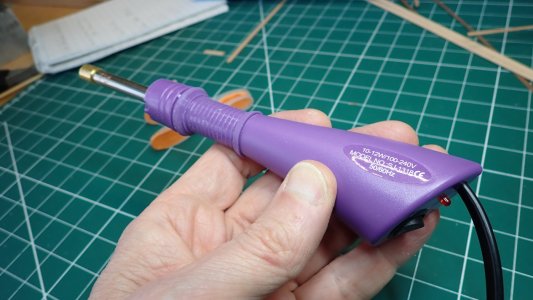Just in case anyone is interested in the Popular Mechanics Chebec model, I'll post links to the five issues of it's construction. It won't take away from this excellent thread, I think, as I'll just post the links:
Part I - Shaping the Hull
Part II - Completing the Hull and Painting It
Part III - Guns, Deck Fittings, Longboat and Masting
Part IV - Standing Rigging and Sails
Conclusion - Running Rigging and Sail Installation
These were published from November, 1958 to March, 1959. It took me a year to build, at the age of 15-16. I was quite proud of it when done, although I only installed the 4 guns beneath the quarterdeck (which would be hard to install later) due to their high cost of $1 each. I never did install the remaining 20 large guns and 34 blunderbusses - my allowance just would not, err, allow it.
Anyhow, if nothing else, I felt this would provide a bit of nostalgia and show how some nice models were built before there were as many quality kits as there are today.
Part I - Shaping the Hull
Part II - Completing the Hull and Painting It
Part III - Guns, Deck Fittings, Longboat and Masting
Part IV - Standing Rigging and Sails
Conclusion - Running Rigging and Sail Installation
These were published from November, 1958 to March, 1959. It took me a year to build, at the age of 15-16. I was quite proud of it when done, although I only installed the 4 guns beneath the quarterdeck (which would be hard to install later) due to their high cost of $1 each. I never did install the remaining 20 large guns and 34 blunderbusses - my allowance just would not, err, allow it.
Anyhow, if nothing else, I felt this would provide a bit of nostalgia and show how some nice models were built before there were as many quality kits as there are today.



